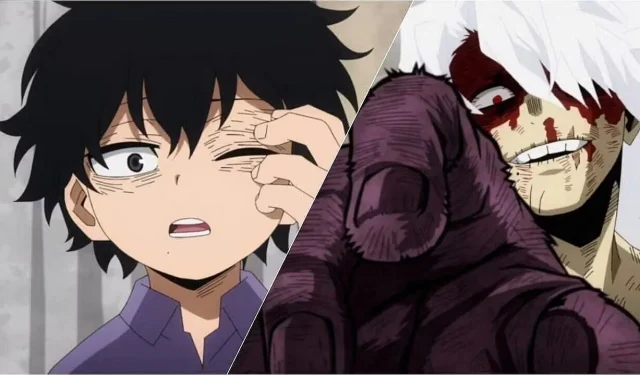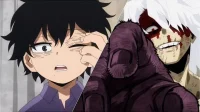My Hero Academia deftly explores the profound theme of altruism and the significance of supporting those in need. Within this narrative landscape, Tomura Shigaraki emerges as one of the most complex and misunderstood characters. While many viewers attribute his descent into villainy primarily to his traumatic upbringing, the reality of his character arc is far more intricate.
The pivotal reason behind Shigaraki’s transformation into a villain stems from his isolation and the absence of support during his most vulnerable moments. Following the loss of his family, All For One took advantage of his desperation, instilling in him a sense of justified wrath against society. While this does not absolve him of his heinous actions, it does present him as a compelling cautionary figure, emphasizing the dire consequences of neglecting those in distress.
Disclaimer: This article contains spoilers for the series.
The Complexity of Tomura Shigaraki’s Character

Initially known as Tenko Shimura, Tomura Shigaraki’s transformation into a villain is frequently misinterpreted as solely due to the physical abuse from his father, Kotaro Shimura. While his turbulent childhood undeniably played a role, it was the total lack of external support after his family tragedy, compounded by the toxic influence of All For One, that truly catapulted him toward villainy.
The narrative of My Hero Academia begins with Izuku “Deku”Midoriya, highlighting the damaging effects of bullying and societal neglect, which reverberate throughout the storyline. Shigaraki epitomizes the extreme fallout of this neglect, having been psychologically groomed to believe he harbors the right to annihilate the world. This sentiment encapsulates the essence of his character as a formidable antagonist.
Core Themes of the Series

At its heart, My Hero Academia delves into the difficulties faced by individuals and their diverse responses to trauma. Characters like Deku, Shigaraki, Dabi, Spinner, Shoto Todoroki, and Mezou Shoji each embody varied reactions to their experiences of abuse. Such character development not only enriches their narratives but also illustrates the complexity of human morality.
In stark contrast, some characters such as Katsuki Bakugo and Endeavor confront their own shortcomings and strive for redemption, seeking to uplift those around them. This overarching theme of personal growth and the struggle to overcome one’s past is poignantly mirrored in Shigaraki’s narrative, as he grapples with his enduring pain and corruption, ultimately allowing these elements to define his existence until the very end.
Concluding Reflections
Tomura Shigaraki stands out as one of the most misunderstood characters in My Hero Academia. His origins and circumstances can easily lead to misinterpretations of Kohei Horikoshi’s intended message. Ultimately, Shigaraki serves as a tragic example of what occurs when abuse, neglect, and manipulation culminate in an individual who embodies the darkest outcomes of human experience.


